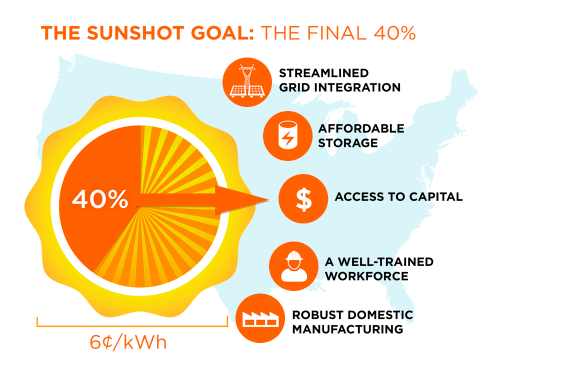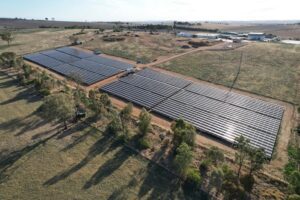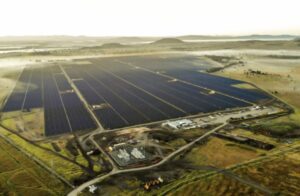This graph is striking. It is the latest pathway mapped out by the US Department of Energy to bring down the cost of solar to 6c/kWh by 2020, part of its “Sunshot” initiative launched a couple of years ago.
Progress is well ahead of planned. The cost of modules is already just about there, so in the US they are now focusing on the “soft costs” and technology enablers – integration into the grid, storage, access to capital, local manufacturing and a well-trained workforce. If it makes 6c/kWh – some projects already are with the help of tax credits – then the game is pretty much over for fossil fuel generation.
 The US Department of Energy held a three-day summit this week in California making plans. It was largely led by government official.
The US Department of Energy held a three-day summit this week in California making plans. It was largely led by government official.
Here are some of the quotes from the main government players at the conference
• Dr. Cheryl Martin, ARPA-E (broadly the equivalent of the Australian Renewable Energy Agency R&D side): “We are charged to think boldly and differently about the community of innovators… to bring technologies to reality, and ultimately transform our energy future.”
• Dr. Dan Arvizu, National Renewable Energy Laboratory (Like a CSIRO dedicated to renewables): “Globally, solar energy is outpacing wind energy. Solar’s time has arrived.”
• Ali Zaidi, White House Domestic Policy Council: “If moonshot was a race away from our planet, SunShot, in a way, is a race to save our planet.”
• Cristin Dorgelo, White House Office of Science and Technology Policy: “SunShot Catalyst invests in people… these 21st century ‘moonshots’ target audacious and achievable goals that will create the jobs and products of the future.”
What do we hear in Australia? Nothing like that. Climate policy is off the agenda. Wind turbines are demonised as “utterly offensive”, solar is ignored. The Australian Renewable Energy Agency, and the Clean Energy Finance Corporation, the very organisations that would help reduce these costs, are slated for closure, among with new funding for the country’s world leading solar research. No government official turned up to the recent solar conference in Melbourne, and no minister would attend the launch of Australia’s first stand alone solar thermal plant with storage. But you can only ignore overseas trends for so long.








